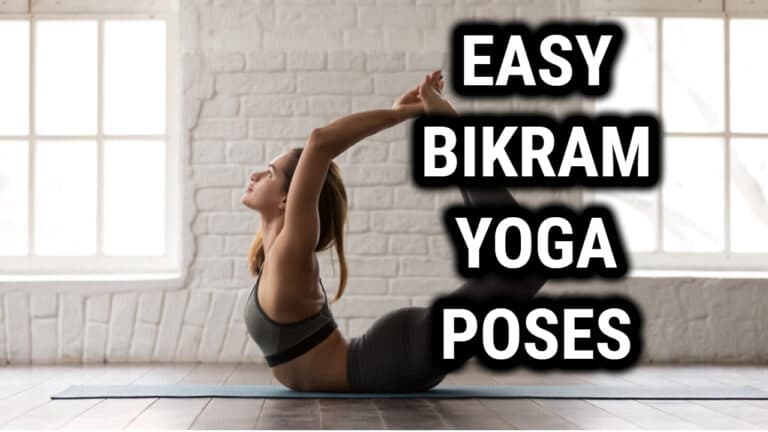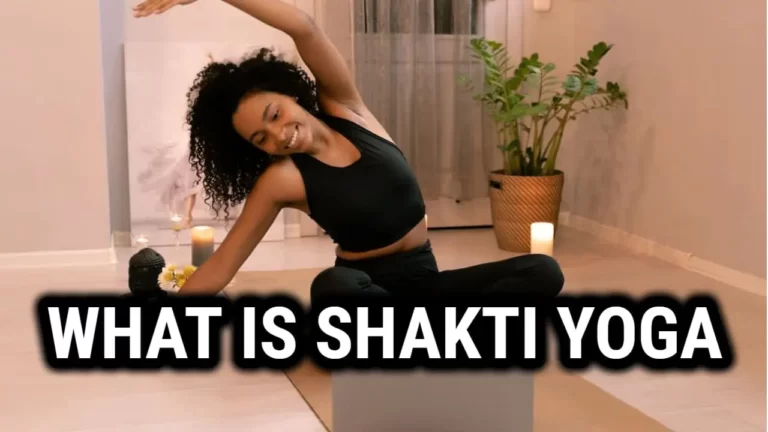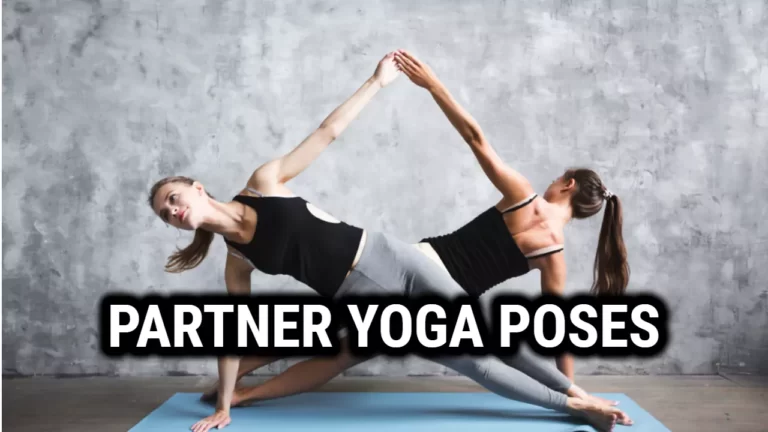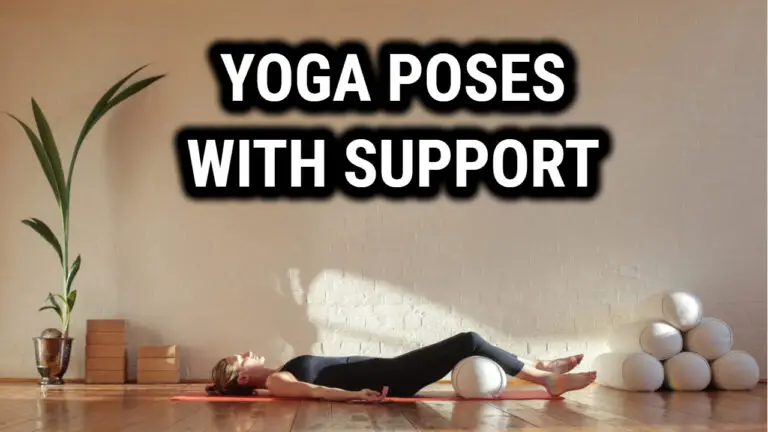What Is The Difference Between Power Yoga And Flow Yoga?

Ever wondered what is the difference between power yoga and flow yoga is? If so, you’ve come to the right place! In this article, we will talk about how these two forms of yoga vary in terms of intensity, style, and practice.
We’ll look at how each type of yoga can benefit your physical and mental health as well as provide guidance on which one might be right for you.
So whether you’re a beginner or experienced yogi, this article will provide you with the information you need to figure out which type of yoga is best suited to your lifestyle. Let’s dive in!
Definition Of Power Yoga

Power Yoga is a vigorous form of yoga, sometimes referred to as “gym yoga”. It’s an athletic and intense style of yoga, and can be compared to going to a spin class or boot camp. It’s an upbeat practice that combines strength and flexibility, with the goal of working up a sweat. Power Yoga is like a flow class on steroids; it’s fast-paced and challenging.
The poses are held for longer than in other styles of yoga, allowing for increased strength building with each pose. Every Power Yoga class will have its own specific sequence of poses, but some common poses include Warrior I, Plank Pose, Triangle Pose, and Half Moon Pose.
The instructor will often use props such as blocks or straps to help the students hold the poses for longer periods of time. In addition to strength building and toning muscles, each pose is designed to increase focus and concentration while helping to reduce stress levels.
Definition Of Flow Yoga

Flow yoga, also known as Vinyasa yoga, is a type of yoga that focuses on synchronizing breath with movement. It has become increasingly popular in the past decade due to its dynamic nature and the way it allows practitioners to create their own unique practice.
Here are some key points to consider when learning about flow yoga:
- Emphasis on Breath: Flow yoga emphasizes connecting breath with movement, allowing practitioners to achieve a greater sense of awareness and control over their body as they move through poses.
- Dynamic Sequences: Flow yoga sequences are designed to be dynamic and organic, allowing for variations and modifications based on the practitioner’s individual needs.
- Connective Linking or Poses: The poses in flow yoga are often linked together smoothly and continuously, creating a fluid motion from one pose to the next.
- Mindful Movement: Flow yoga encourages mindful movement that is both purposeful and connected with awareness.
Flow yoga can be an invigorating practice that helps practitioners cultivate strength and flexibility while still being mindful of their physical limits. With its emphasis on breath-led movements, it provides an opportunity for individuals who seek more than just physical benefits from their practice.
Physical Benefits
When it comes to physical benefits, power yoga and flow yoga have a lot in common. Both practices work to increase strength, endurance, balance, and coordination while also creating flexibility in the body. However, there are key differences that set these two types of yoga apart.
Power yoga is a more intense practice than flow yoga, which means you’ll experience more physical exertion. Power yoga focuses on building strength with dynamic poses like sun salutations and warrior poses. You’ll hold each pose for longer periods of time to deepen the intensity of the practice.
Flow yoga on the other hand focuses on movement rather than holding postures for long periods. This type of practice is often referred to as vinyasa or “flow” because of its emphasis on connecting poses together through fluid movements. The aim is to create a rhythmic flow between different postures so that your body moves gracefully from one pose to the next.
Both types of yoga offer amazing physical benefits but depending on your goals and fitness level you may find one or the other more beneficial for you.
Mental Benefits
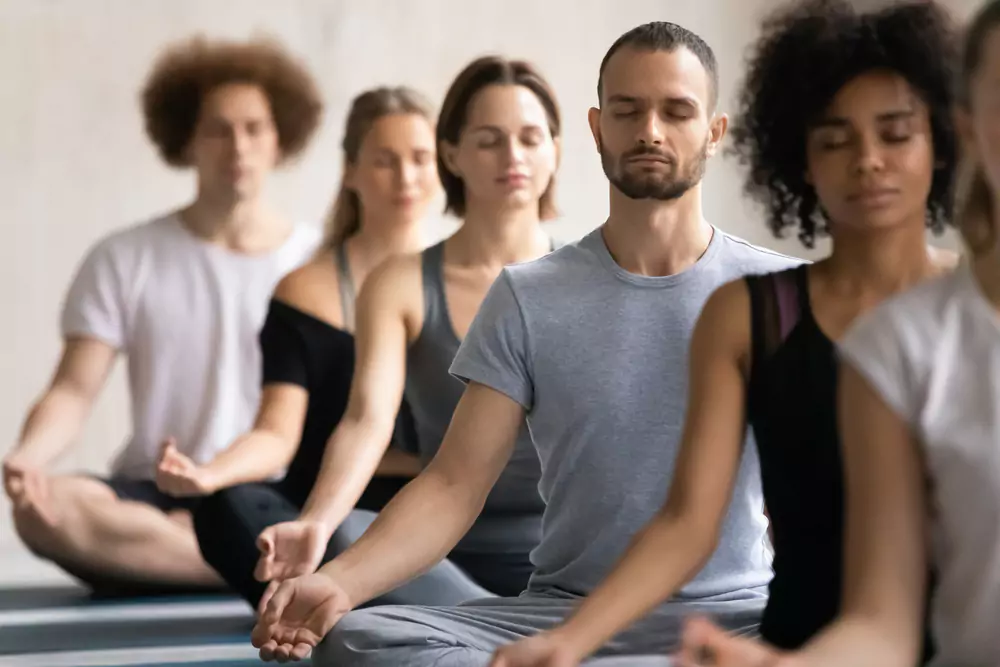
The mental benefits of both power and flow yoga are undeniable. Power yoga is a vigorous form of yoga, with fast-paced poses that require focus and concentration. Because of the intense nature of this practice, it can be an effective way to clear the mind and achieve mental clarity.
On the other hand, flow yoga is slower and gentler, allowing practitioners to find a sense of relaxation and inner peace. With both practices, participants can find a sense of emotional balance that helps reduce stress and anxiety.
No matter which type of yoga you choose to practice, both power and flow offer numerous mental health benefits. Practicing either type can help improve focus, increase self-awareness, reduce stress levels, foster positive thinking habits, and even provide a greater sense of spiritual connection.
Whether you’re looking for an intense workout or a peaceful meditation session—or a combination of both—yoga is an excellent way to cultivate physical and mental wellbeing.
Also Read: Is Pilates Better Than Power Yoga
Pacing And Intensity
Power yoga is typically a faster paced class than flow yoga. It consists of more vigorous poses held for longer periods, as well as breathing exercises that build up the intensity. Whereas flow yoga focuses on movements that are meant to be smooth and continuous, power yoga classes are designed to work the body harder and challenge its limits.
The intensity of power yoga classes can vary depending on the instructor and the students’ level of experience. However, it is generally a much more demanding practice than flow yoga, with instructors pushing their students to stay focused and push their boundaries in order to get the most out of each pose. Power yoga classes often involve strength training and cardio elements that give it a more energetic feel than regular flow classes.
Postures And Sequences
One quickly finds a world of difference between power yoga and flow yoga. In power yoga, there is an emphasis on strength, posture alignment and a great deal of balance. It is often considered the more “traditional” style of yoga and can involve holding poses for extended periods of time.
Flow yoga, on the other hand, is all about moving from pose to pose with grace and ease. There are no extended holds in flow yoga; instead moves are linked together in a continuous flow that mixes elements from various styles of yoga, such as Ashtanga or Vinyasa.It promotes flexibility while still building strength.
Both styles offer physical benefits but their primary focus differs significantly: power yoga focuses on individual poses while flow yoga centers on creating a tranquil and meditative experience through movement.
Equipment Needed
When it comes to the equipment needed for power yoga and flow yoga, there are some similarities and differences. For both styles of yoga, you’ll need a good quality mat and comfortable clothing that won’t restrict your movement. Here is a breakdown of other essential items needed for each:
- Power Yoga: Aside from the mat and clothing, power yoga also requires a block or two to help deepen poses as well as an optional strap.
- Flow Yoga: Flow yoga requires much less equipment than power yoga as it doesn’t involve many props. You may want to bring a towel for wiping off sweat during the class.
Depending on which type of yoga you’re practicing, you’ll need different items to ensure comfort during your session. Whatever style you choose, it’s important that you come prepared with all the necessary tools for success.
Cost Comparison
Power yoga and flow yoga have different costs. Power yoga is typically more expensive than flow yoga. The cost of the classes depends on the studio and instructor, but it is generally more expensive for power yoga classes.
This is because power yoga classes require more time and equipment to complete the poses than flow yoga does. The cost of private lessons for each type of yoga can also vary depending on the instructor’s experience and level of instruction offered.
Also, the cost of any props needed for power or flow classes could be an extra expense to consider when deciding which type of class to take.
Related Read: Can A Beginner Do Power Yoga?
Conclusion
Power yoga and flow yoga are both beneficial forms of practice for those looking to improve their physical and mental health. Both practices offer unique postures and sequences that can be tailored to fit your individual needs.
While the cost associated with each type of yoga may vary, it’s important to remember that the most important thing is finding an instructor who resonates with you.
Power Yoga Vs Flow Yoga is like comparing apples to oranges: both are equally delicious and nourishing in their own way.
No matter which type of yoga you choose, the key is consistency – showing up on your mat regularly will help unlock a wealth of physical and mental benefits that can transform your life like a butterfly emerging from its chrysalis. So don’t be afraid to try something new; after all, as they say: A journey of a thousand miles begins with one step.
